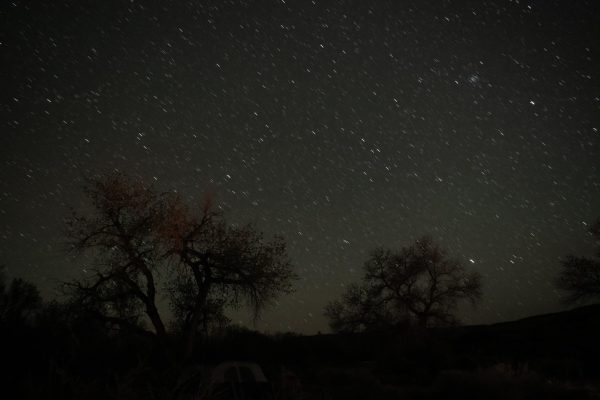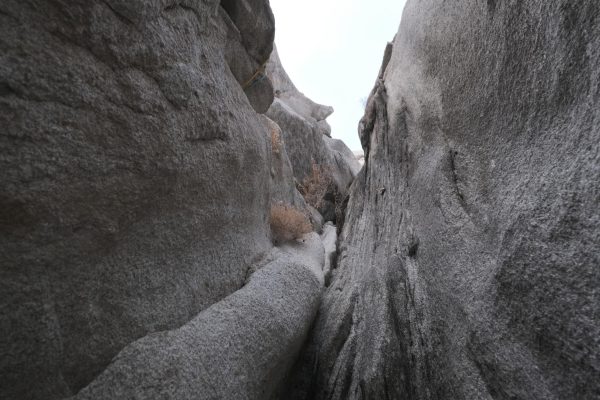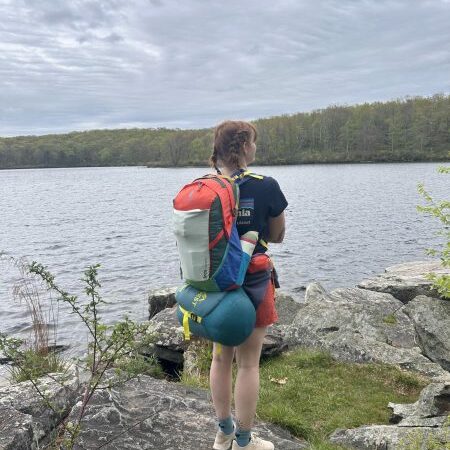Outdoor Research at the U: Caught on Camera
The Salt Lake Valley is teeming with various wildlife, from coyotes and foxes to moose and mountain lions. Despite this diversity, the University of Utah only has one lab dedicated to studying these animals: the Human-Wildlife Coexistence Research Stream within the Science Research Initiative (SRI). This lab is led by Dr. Austin Green, a postdoctoral fellow at the university, and focuses on understanding human-wildlife interactions through research with camera traps. Its research opportunities—in the lab and outdoors—are open to undergraduate students through the SRI program and as volunteers.
Dr. Green’s lab uses camera traps to investigate how wildlife adapts to and are affected by human urbanization. These specialized cameras, triggered by changes in temperature or motion, are designed to blend seamlessly into their surroundings, making them ideal for capturing images of elusive animals. Lab students and volunteers discreetly place the cameras around the Great Salt Lake every summer, including nearby canyons and popular recreational areas. The strategic placement of these cameras aligns with the lab’s projects, which include research in the Oquirrh Mountain range and American Fork Canyon.
An important project in the lab is “Wildlife Watch”, a camera trap program with the non-profit conservation group Sageland Collaborative. Dr. Green works closely with Sageland Collaborative as one of their wildlife biologists. In addition to the camera trap research, Sageland has other volunteer projects for students interested in wildlife conservation. These projects include hands-on river restoration and bird surveys across the valley. Each project is centered on understanding wildlife behaviors and interactions in the context of human development. By understanding wildlife, their ranges, and their adaptations to the natural world, researchers can inform policies and initiatives tailored to helping wildlife thrive.

The Human-Wildlife Coexistence lab’s hallmark is its emphasis on fieldwork. The team places cameras in diverse environments, from hiking and biking trails to remote wilderness. This often requires lab members to be enthusiastic hikers and prepared to tackle challenging terrain. However, Dr. Green’s commitment to accessibility and inclusivity is evident in his approach to fieldwork. The lab welcomes all volunteers and offers field days where people can engage with the research at their comfortable outdoor level. For some volunteers, there are long days of trekking up and down the mountains. For others, there are short days on dirt roads, or the option to sort through the captured images. This inclusive model ensures that all students gain practical experience while enjoying the breathtaking beauty of the outdoors. The focus remains on engaging with the natural landscape, and the hands-on nature gives students a deeper appreciation for the animals they study.
For a few days, I got to join Dr. Green’s fieldwork and experienced firsthand a deeper appreciation for the nature around me. During this time, I assisted in setting up cameras in various settings. Our hikes took us to gorgeous mountain views, idyllic trails with few to no other people, and often the occasional overgrown brush we had to beat through. Though the days were physically demanding, reviewing the captured images—showing elk, fawns, mountain lion kittens, and even a small black bear—made it all worthwhile.
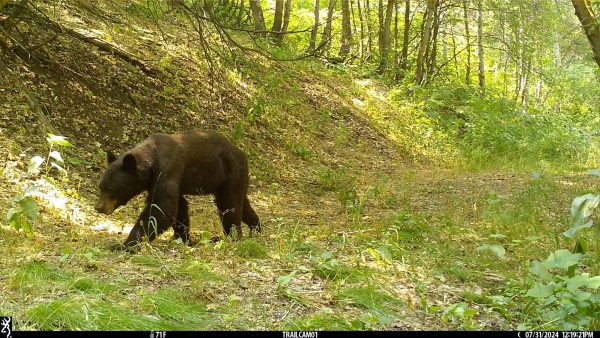
I was also able to chat with two students in the lab about their experiences. One student, Graeson, shared, “The lab took an environment that I had thought I had a good understanding of and showed me that I knew nothing about it. Before even stepping into the field, Austin’s research lab showed me that, even in the place I call home, there are entire worlds I haven’t explored and so much that I don’t know.” Additionally, former lab member Danielle said, “I love working in the lab because it gives me something tangible. It’s where I learn how wildlife research works and what I like to do. But it’s also a positive community full of people passionate about what they research and excited to learn about what you are researching!”
The impact of human development in the Great Salt Lake Valley has been profound. The landscape has transformed significantly since the arrival of early pioneers, with rapid urbanization altering natural habitats in ways we are still trying to understand. But the impact of the Human-Wildlife coexistence lab is just as profound. Dr. Green’s research aims to illuminate those ecological changes and wildlife adaptations while providing a safe space for students to learn about, explore, and interact with the world around them. Through this work, researchers and students gain valuable insights into wildlife responses to urban encroachment, advancing conservation efforts and deepening our connection to the natural world.
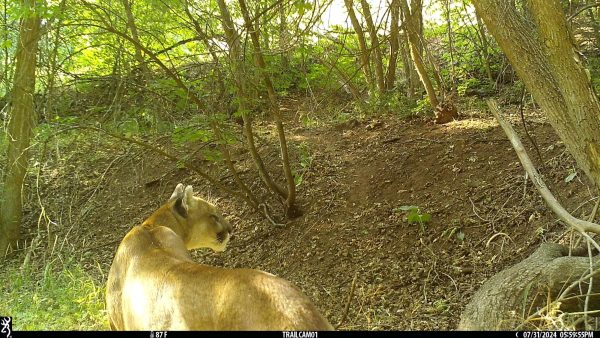
You can learn more about Dr. Green’s lab and their outdoor work from the SRI website and Sageland Collaborative’s Wildlife Watch page. You can also find more wildlife conservation opportunities at Sageland Collaborative.
The post Outdoor Research at the U: Caught on Camera appeared first on Wasatch Magazine.
Source: https://wasatchmag.com/outdoor-research-at-the-u-caught-on-camera/


